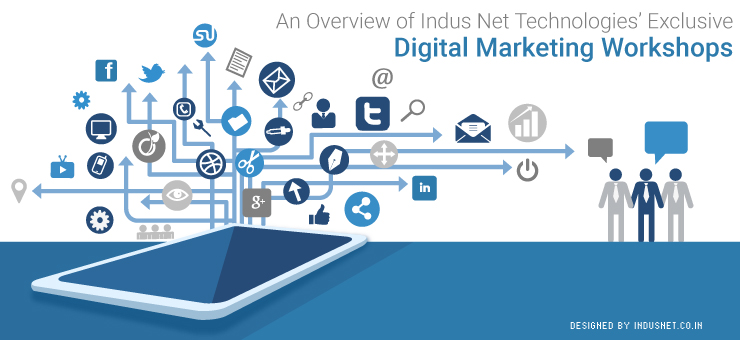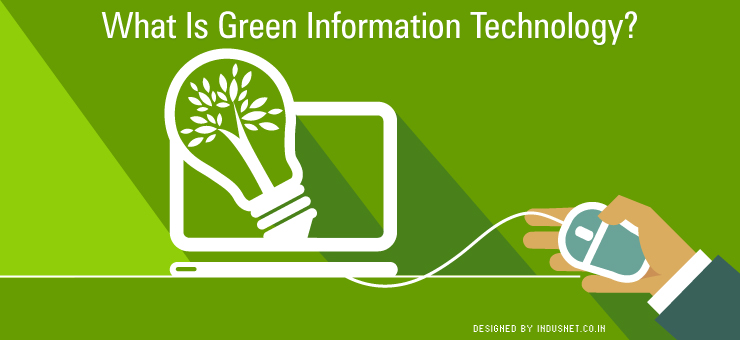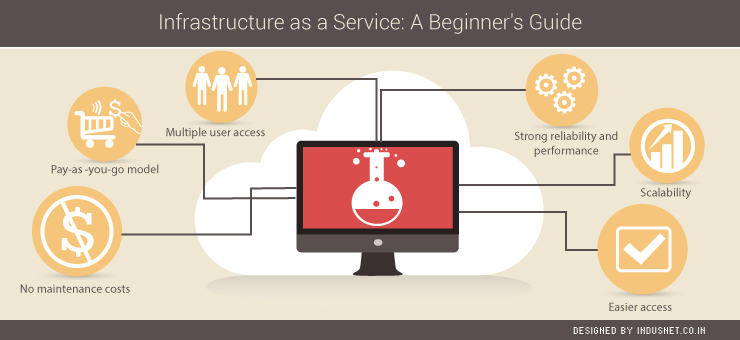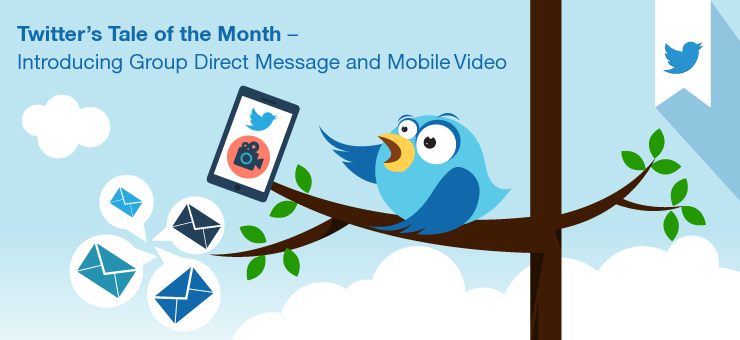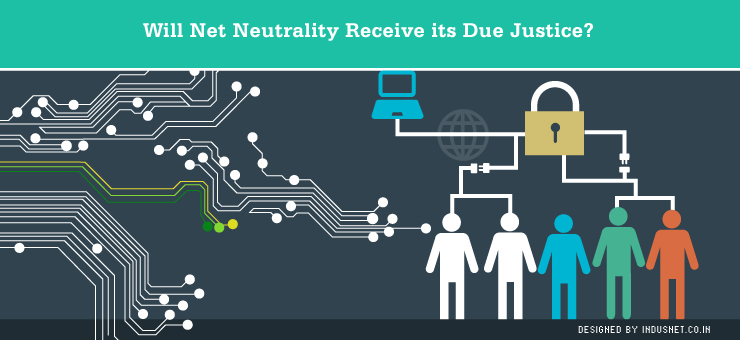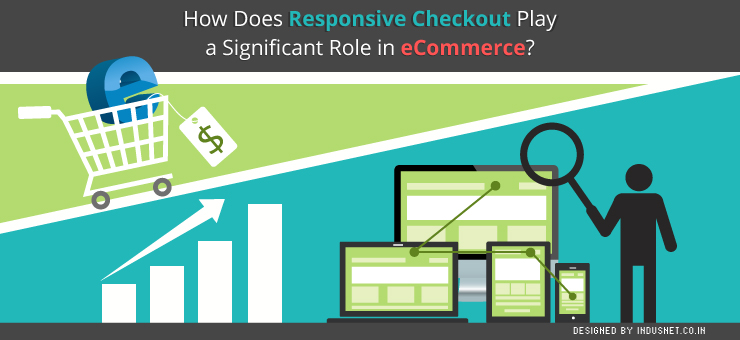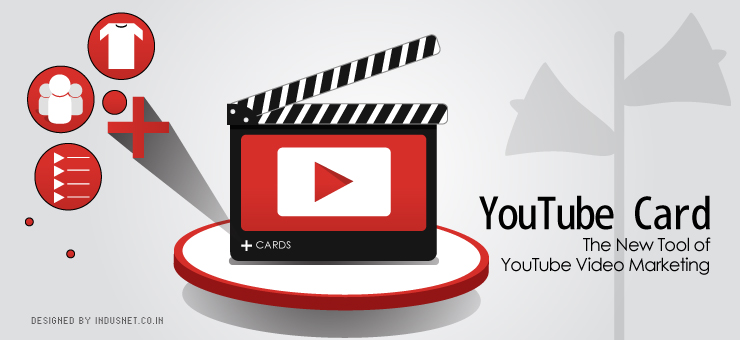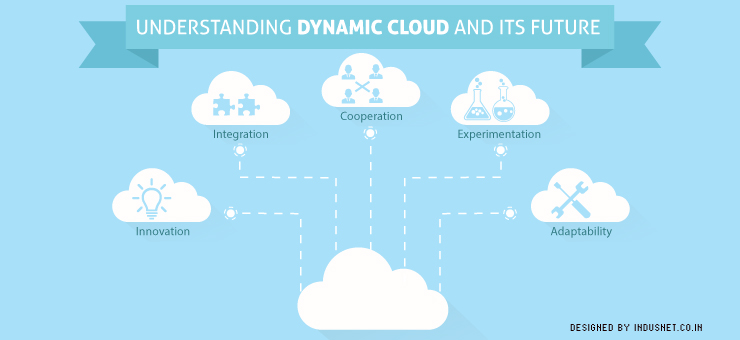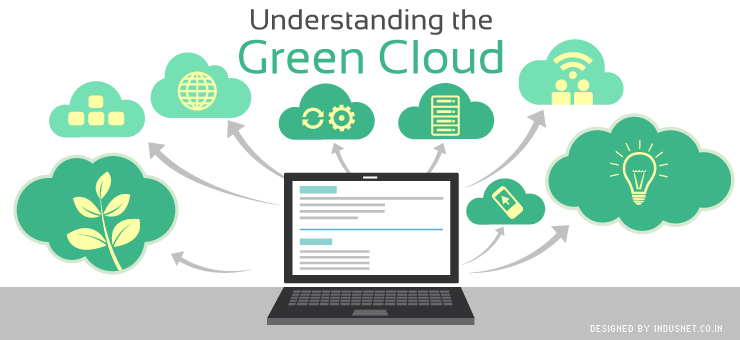
Understanding the Green Cloud
Most of us have already begun to opt for cloud computing in one way or another. Whether we choose to automate our HR processes with the help of an HRMS or we choose to install ERP solutions in order to automate business process, most companies today engage in cloud computing. Yet, companies are not aware of the benefits of green cloud computing. In other words, they still need to understand the importance of using the green cloud. Green cloud computing refers to an infrastructure that is less harmful to the environment and that requires less cooling systems to store data and run processes. Obviously, companies that offer green cloud services tend to be more expensive than the ones that offer just cloud computing, without mentioning anything about environmental regulations. It is important to understand that IT infrastructure is responsible for a very heavy carbon footprint and most of us are guilty of causing burden to an already overburdened ecosystem. Thus, the onus is on us to choose services that are verifiably green in nature. That includes opting for cloud services that are green and environment-friendly. Facing the green cloud reality We all know that global warming is a real issue that has not been tackled effectively. In the industry circles, there is a tendency to avoid these issues but what most business owners do not realize is that when they go green, they also improve their brand image. In fact, by choosing to work with vendors who are environment-friendly, businesses can proudly claim to be doing their bit in making the world a better place to live in. Cloud computing infrastructure involves thousands of data centers that utilize enormous quantities of power. While all the data is stored in the cloud and everything is enabled by the internet, physical structures are still very important to running these processes. It is just that cloud clients do not see these physical equipment and imagine themselves to be free from causing power consumption. Unfortunately, most cloud servers still consume a lot of electricity and we are all complicit in leaving behind carbon footprints. Thankfully, there are a number of developments underway already. Cloud vendors are investing in energy efficient data centers Vendors have begun to recycle their equipment and discard them safely Clients have begun to understand that just because they do not use physical infrastructure does not mean they are no longer responsible for carbon footprints Both vendors and clients look for projects that come with a green tag so that they can improve their brand Most companies are willing to pay a little extra if green technology is involved in cloud computing What you should do in order to go green Green cloud thus encompasses a variety of strategies that are utilized in order to be environmental friendly. When you choose cloud computing services, it makes sense to sign contracts with companies that are decidedly green. Speak to the representatives and ask them what they are doing in order to reduce power consumption, how safely they discard their electronic waste and if they are actively propagating a green cloud culture. All this will help you to be a part of the green cloud revolution, which helps you to promote yourself as an environmentally conscious company. In today’s world, it is ever more important to be ethical and environmentally conscious. You can start with doing your bit by choosing to work with green cloud computing companies.
